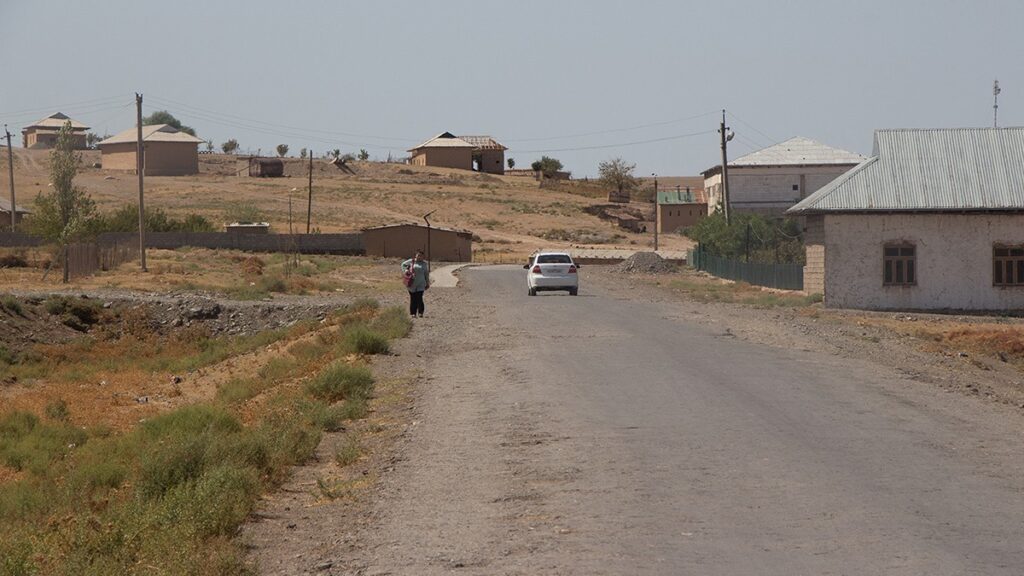EDB Forecasts Economic Growth for Kazakhstan, Kyrgyzstan and Tajikistan in 2024
The Eurasian Development Bank (EDB) has published its macroeconomic outlook for the Bank’s six member states — Armenia, Belarus, Kazakhstan, Kyrgyzstan, Russia, and Tajikistan. Bank analysts anticipate that GDP across the region’s countries will be close to a balanced growth path. Projections indicate a GDP growth in 2024 of 5.7% in Armenia, 2% in Belarus, 5% in Kazakhstan, 4.5% in Kyrgyzstan, 1.5% in Russia, and 7.3% in Tajikistan. According to EDB analysts, following Kazakhstan’s economic growth of 4.8% in 2023, an acceleration in GDP growth is anticipated for 2024, further bolstered by high investment activity. The expected decrease in interest rates is poised to provide an additional impetus. In the medium term, structural transformations are set to improve the quality of economic growth by expanding opportunities in manufacturing and service industries. Economic diversification creates prerequisites for an anticipated acceleration in 2025 and 2026, positioning Kazakhstan as a leader among Eurasian Economic Union member states in terms of growth rates. Strong domestic demand supported high economic activity in Kyrgyzstan and Tajikistan in 2023. EDB analysts project a slight deceleration in these countries in 2024, albeit with GDP growth rates still noticeably higher than the global average.




